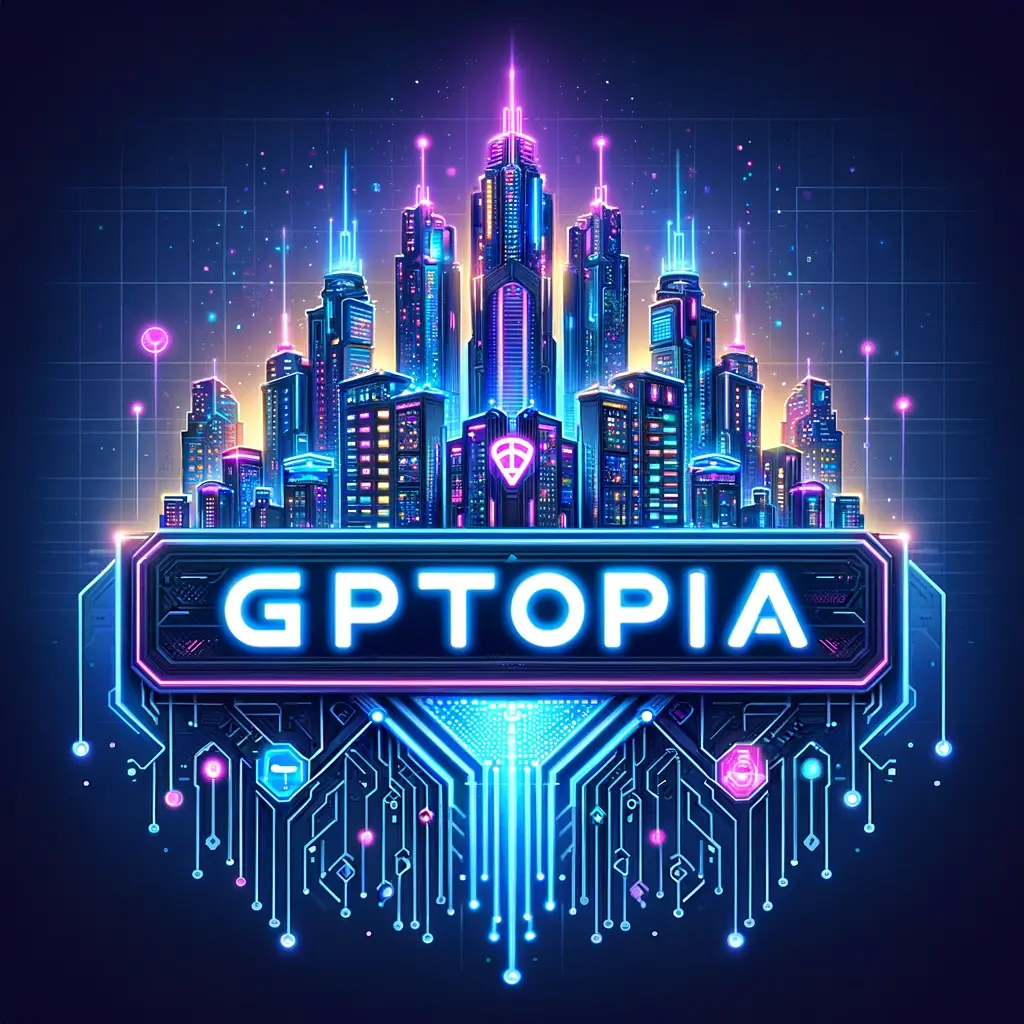complete article index can be found at
https://ideabrella.com/papers/articles
Agentic Choreography: Designing AI : ZEN 💡
·
Neural Choreography: Designing AI Systems That Collaboratively Predict, Adapt, and Execute in Fluid
Artificial intelligence (AI) is evolving from isolated systems into interconnected ecosystems that function with seamless coordination.
This new paradigm, which we call Neural Choreography, envisions AI systems operating like a choreographed dance—where multiple AI agents, sensors, and devices not only interact but anticipate each other’s needs and adapt their actions in real-time.
Central to this vision is the concept of an OverAgent, a supervisory AI assistant that orchestrates a swarm of specialist AI agents, ensuring that complex tasks are executed with precision and harmony.
This article explores the principles, applications, and transformative potential of Neural Choreography, offering a glimpse into the future of human-AI collaboration and autonomous AI ecosystems like NewParadigm.City.
The Concept of Neural Choreography
What Is Neural Choreography?
Neural Choreography refers to the synchronized operation of AI systems in dynamic environments.
Unlike traditional AI systems that react to inputs in isolation, this framework relies on:
Predictive Coordination: AI agents anticipate actions and needs based on shared data and contextual awareness.
Mutual Reinforcement: Systems enhance each other’s performance by sharing insights and outcomes.
Fluid Adaptation: Real-time adjustments to environmental changes or new data inputs.
The Role of the OverAgent
The OverAgent acts as a conductor, managing a swarm of specialist AI agents. Its functions include:
Orchestration: Assigning tasks to specialist agents and ensuring smooth coordination.
Optimization: Dynamically reallocating resources to meet shifting priorities.
Monitoring: Maintaining system health and ensuring ethical and secure operation.
Principles of Neural Choreography
Dynamic Interaction
AI agents communicate continuously, enabling:
Real-Time Feedback: Immediate updates on task progress and environmental changes.
Decentralized Decision-Making: Agents operate autonomously while contributing to the larger system goals.
Predictive Anticipation
Using machine learning and contextual analysis, agents:
Forecast potential bottlenecks or opportunities.
Preemptively adjust strategies to maintain workflow efficiency.
Hierarchical Modularity
Tasks are decomposed into modular components, each managed by:
Specialist AI agents focusing on specific subtasks.
The OverAgent ensuring cohesive integration.
Applications of Neural Choreography
Smart Cities
Traffic Flow Optimization: AI agents manage intersections, reroute traffic, and predict congestion points.
Resource Management: OverAgents coordinate energy distribution, water usage, and public services.
Autonomous Systems
Collaborative Robotics: Swarms of robots perform tasks like warehouse sorting or disaster response with synchronized precision.
Self-Driving Fleets: Vehicles anticipate each other’s movements, avoiding collisions and optimizing routes.
Healthcare
Integrated Diagnostics: Specialist agents analyze imaging, genetic data, and patient history, while the OverAgent consolidates insights for comprehensive reports.
Surgical Assistance: AI systems predict surgeon needs and adapt tools and resources in real-time.
Creative Industries
Dynamic Content Creation: AI systems collaborate to generate music, films, or designs, adapting to audience preferences in real-time.
Interactive Experiences: Neural Choreography enhances gaming and VR environments by coordinating character actions and environmental changes.
Challenges of Neural Choreography
Computational Complexity
Managing the vast data streams and decision-making processes of multiple AI agents.
Ensuring real-time synchronization across distributed systems.
Ethical Considerations
Balancing autonomy with accountability, especially in critical applications like healthcare or law enforcement.
Ensuring transparency in OverAgent decision-making.
System Robustness
Designing fault-tolerant systems that maintain performance despite agent or environmental failures.
Preventing cascading failures within tightly integrated systems.
Future Directions
Enhanced OverAgent Capabilities
Leveraging reinforcement learning to improve orchestration and predictive capabilities.
Integrating natural language processing to enable human collaborators to interact seamlessly with the OverAgent.
AI Ecosystems in Urban Environments
Expanding Neural Choreography to manage entire cities, integrating transportation, energy, healthcare, and public safety systems.
Creating adaptive environments that respond to human behaviors and needs.
Inter-Agent Learning
Developing agents that learn not just from their tasks but from observing and interacting with other agents.
Fostering emergent behaviors that improve overall system efficiency and innovation.
Synergy with Emerging Technologies
Quantum Computing: Accelerating decision-making for complex, high-stakes scenarios.
Blockchain: Ensuring secure, transparent collaboration between agents.
Edge Computing: Enhancing real-time adaptability by distributing processing power closer to data sources.
Conclusion
Neural Choreography represents a revolutionary approach to AI system design, emphasizing collaboration, adaptability, and predictive coordination.
By integrating an OverAgent to manage specialist AI agents, this framework unlocks new possibilities for efficiency and innovation across industries.
As we advance toward fully realized ecosystems like NewParadigm.City, Neural Choreography will play a pivotal role in shaping a future where AI systems operate in harmonious synergy, transforming both technology and society.









